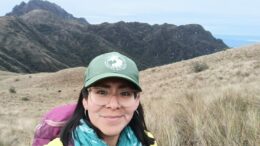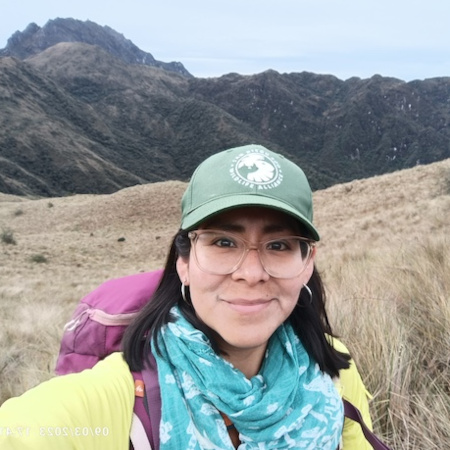The Place: 
The communal reserves of the Pampa del Burro and Copallin Private Conservation Areas, and the Jardines Ángel del Sol Conservation Concession, are nestled in the forested Andean foothills of northeastern Peru. Their geographic splendor encompasses waterfalls, orchids, hummingbirds, amphibians, and other rare and endemic wildlife. Local communities are striving to conserve these areas to protect local forests and headwaters that include water sources of the world’s largest river, the Amazon.
Why it matters:
The formerly vast Andean forests of northern Peru have drastically declined in area due to rapidly increasing agriculture and livestock grazing that have reached unsustainable levels. These montane forests are known for their high diversity of wildlife and plant species, many of which are only found there. We still have a lot to learn about the amazing wildlife in this region. In just the past five years, many species have been newly described by science: at least 26 amphibians and reptiles, six orchids, and even a small wildcat (the clouded tiger cat, Leopardus pardinoides).
Local communities support the legal designation of their lands to prioritize conservation of Andean forests. When requesting official designation of their lands as a conservation area, a community must follow legal guidelines in a participatory process to develop a master plan for management of the community conservation area. Designation of the conservation area, with a developed master plan, makes them havens for the protection of headwaters and biodiversity, safeguarding the communities’ future well-being.
Each of these conservation areas is managed by a committee of community members. These residents focus on balancing sustainable agriculture, such as of coffee and cacao, with these forests’ water storage, potential for ecotourism, and intrinsic beauty and worth.
Since 2001 communities across Peru have been formalizing private and communal protected areas to prevent forest and habitat loss. The communities of Copallín, La Perla del Imaza, and Libano each have their own conservation area. Although they’re not close together, their protected areas face the same regional threats.
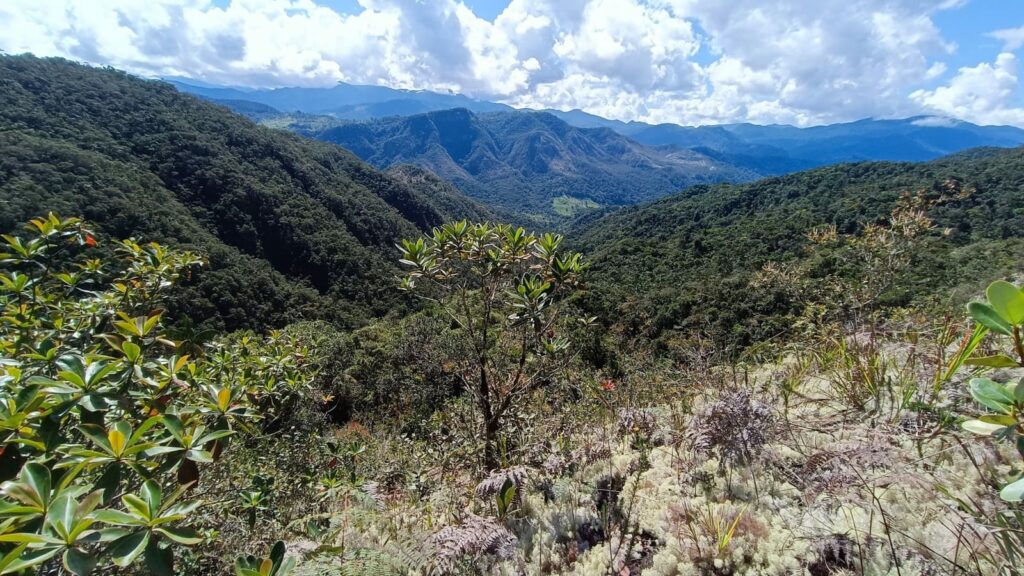
The threat:
These montane hills have experienced an expansion of logging, legal mining, cattle grazing, and roads that facilitate further cattle grazing. In addition, lands in remote areas with little governmental presence here, and elsewhere in Peru, are sometimes illegally acquired by land speculators.
During the Covid-19 pandemic, people migrated to rural areas, expanding anthropogenic pressure and bringing beliefs — such as that burning fields will increase soil productivity or that smoke during the dry season seeds rain clouds — that increase the risk of forest fires.
To prevent those threats, local communities conduct patrols around their protected areas through the “minka” or “faena,” an Indigenous cultural practice of collaborative work among families for a common benefit. These activities are often organized through local civil structures called the Rondas Campesinas.
Local families want to do more for conservation, but their resources are limited. Without technical support, it is difficult for them to implement the master plans for their conservation areas, which include their vision, goals, and action items for the area. One goal of those master plans is to produce information about local biodiversity, and to promote biodiversity conservation in these important but vulnerable ecosystems.
My place in this place:
I realized during my first visit that this journey was akin to sailing toward new horizons. My team and I travelled 620 miles (1,000 kilometers) from the south of Peru, where we were based, to the north of the country. This involved long hours on the road while adapting to more tropical weather. Along the way new views of vast transformed landscapes, primarily dominated by rice fields, and extensive livestock pastures were common. It was shocking to observe the disappearance of the forest. However, as we moved deeper into the countryside, we enjoyed long hours of green mountain views.
In the communities families were eager to share stories of their lives and their motivations to create protected lands. In the community of Libano, the Fernandez family with Srs Eugenio, Armandina, and Arcadio created the Jardines Angel del Sol Conservation Concession because the protection of headwaters as a water resource is important for their future. In the community of La Perla del Imaza, the President Edilberto and Sr Benjamin shared with us the latest news of a newly discovered endemic orchid species, Epidendrum edquenii sp, and the newly named endemic monkey frog (Callimedusa duellmani). In the Pampa del Burro Private Conservation Area, Sr Llantoma from Copallin has been passionate since his youth about exploring the wild forest, watching primates like critically endangered yellow-tailed woolly monkeys (Lagothrix flavicauda) and other wildlife. All of them recognize the value of nature and their ecosystems and want to protect these lands. Highly motivated from our conversations, we explored the forest, following incredible animal trails, with a lot of evidence of Andean bears — clear evidence of the remarkable good health of these ecosystems.
In subsequent presentations at community meetings and school groups, we witnessed the emotional response to camera trap photographs of mammals that many local adults and children had never seen before.
As a biologist and conservationist, I’ve felt deeply rewarded by people who embrace a commitment to conservation.
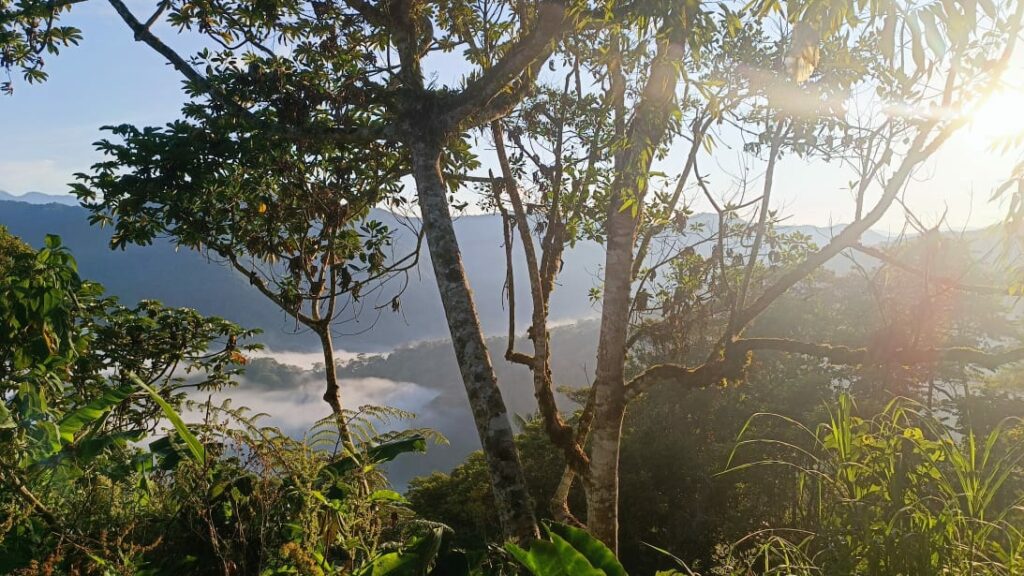
Who’s protecting it now:
The admirable work protecting these lands is managed by the committee of residents from each community, with the collaborative support of the NGO Neotropical Primate Conservation (NPC):
What this place needs:
To demonstrate the conservation importance of these communities’ lands, and illustrate the effectiveness of management of the reserves, we need to produce scientific information on local wildlife diversity to validate the master plan for each area.
Communities that believe in conservation need conservation biologists’ support. The Andean forest program of the San Diego Zoo Wildlife Alliance and SDZWA-Peru has carried out conservation research in collaboration with national and local protected areas, NGOs, and private landowners, in other Peruvian landscapes since 2010, most recently in the Manu Biosphere Reserve of SE Peru. We’ve recently started collaborative research with NPC and the communities it supports in NE Peru. This expanded collaboration allows us to enhance our understanding of Andean bears and other wildlife in this region, in comparison to the results we’re obtaining elsewhere.
Because of its cultural and biological significance, and its conservation needs, research on the Andean bear can motivate broader interest in conservation and support conservation of less well-known species.
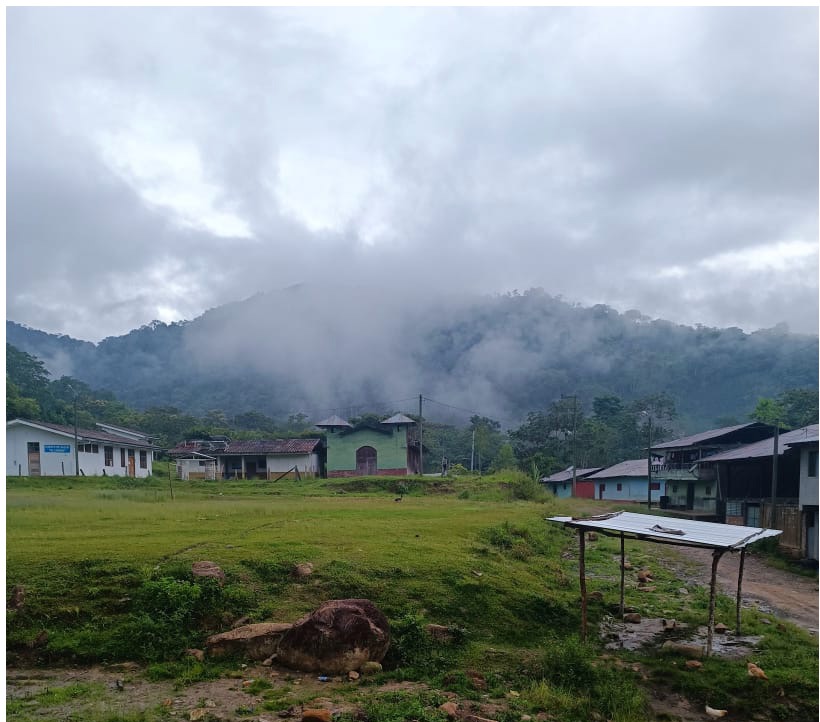
Lessons from the fight:
The most important lesson for me has been that cooperative work between residents, students, and scientists can have a healing impact on the resilience of these lands.
Learn more:
Neotropical Primate Conservation: www.neoprimate.org
San Diego Zoo Wildlife Alliance: www.sdzwa.org

Share your stories:
Do you live in or near a threatened habitat or community, or have you worked to study or protect endangered wildlife? You’re invited to share your stories in our ongoing features, Protect This Place and Species Spotlight.

